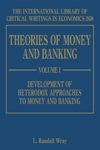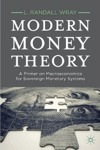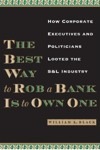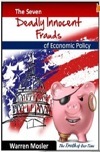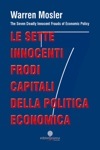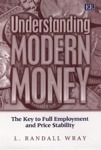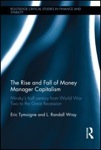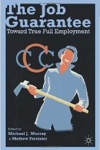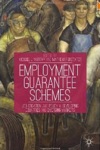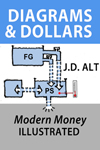By J. D. Alt
 In a recent essay I suggested that MMT might be applied incrementally to put people to work creating certain very special public goods. I suggested that the social norms which prevent people from “seeing” the logic of issuing fiat money to pay for sovereign spending might be placated by this incremental approach—especially if the public goods in question were something overwhelmingly and incontrovertibly beneficial to our country as a whole. This suggestion was strongly criticized by Joe Firestone. So far as I can tell, the essence of his objection is that a proposal to mint a smaller sovereign coin—to be used to achieve some specific goal—would more likely be repudiated by the status quo than a proposal to mint a very large one with the express purpose of overturning the status quo itself.
In a recent essay I suggested that MMT might be applied incrementally to put people to work creating certain very special public goods. I suggested that the social norms which prevent people from “seeing” the logic of issuing fiat money to pay for sovereign spending might be placated by this incremental approach—especially if the public goods in question were something overwhelmingly and incontrovertibly beneficial to our country as a whole. This suggestion was strongly criticized by Joe Firestone. So far as I can tell, the essence of his objection is that a proposal to mint a smaller sovereign coin—to be used to achieve some specific goal—would more likely be repudiated by the status quo than a proposal to mint a very large one with the express purpose of overturning the status quo itself.



